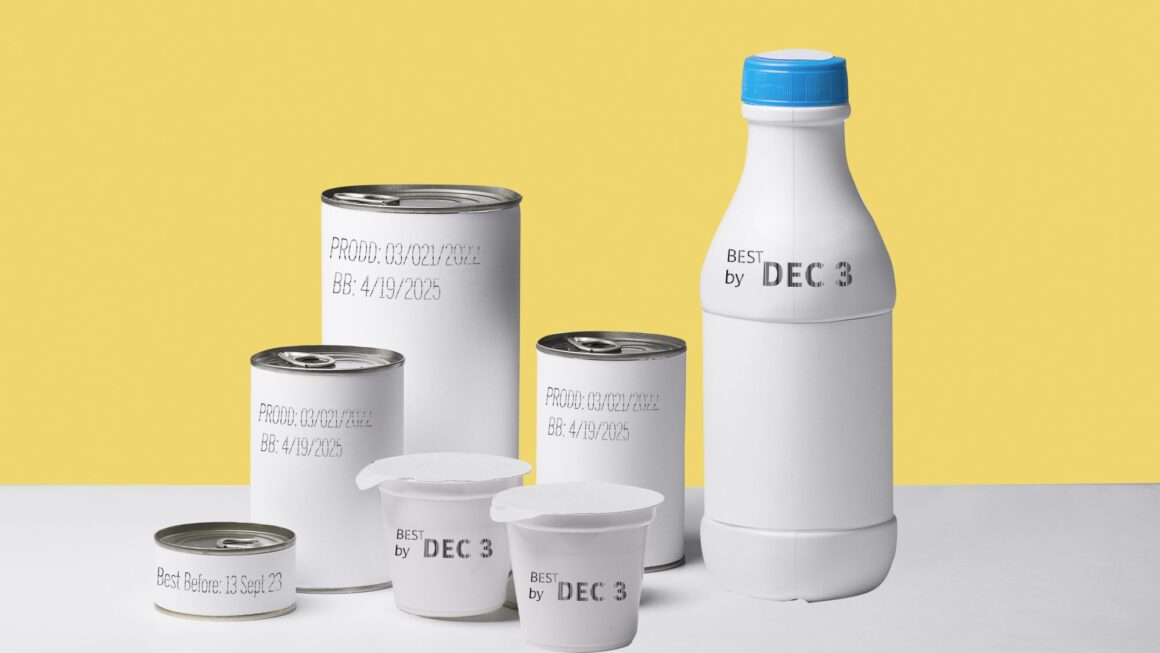Creating Compliant Codes
There are many different ways to write a date code on a product. However, there are actually very strict legislation and food labelling requirements set by Food Standards Australia New Zealand in the Food Standards Code. These Labelling Standards are enforced by local government Environmental Health Officers.
The Food Standards Code sets out labelling and other information requirements that are relevant to all foods and sets out which requirements apply in different situations (for example food for retail sale, food for catering purposes, or an intra-company transfer).
The following information outlines general food labelling requirements contained in the Food Standards Code.
What’s the difference between a ‘best before’ and ‘use by’ date?
Section 1.2.5 of the Food Standards Australia New Zealand specifies the following:
best-before date, for a food for sale, means the date up to which the food for sale will remain fully marketable and will retain any specific qualities for which express or implied claims have been made, if the food for sale:
(a) remains in an intact package during its storage; and
(b) is stored in accordance with any storage conditions applicable under Standard 1.2.6.
use-by date, for a food for sale, means the date after which it is estimated that the food for sale should not be consumed because of health or safety reasons, if the food for sale:
(a) remains in an intact package during its storage; and
(b) is stored in accordance with any storage conditions applicable under Standard 1.2.6.
So a best before date means the food may still be safe to eat after the specified date but may have lost some of its quality. A use by date indicates when the product would no longer be safe to consume. Both of these are dependant on the product remaining in its original packaging and following the storage conditions on the packaging.
When is date marking information not required?
Section 1.2.5 of the Food Standards Australia New Zealand specifies the following:
(2) Unless the food is an infant formula product, the date marking information is not required if:
(a) the best-before date of the food is 2 years or more after the date it is determined; or
(b) the food is an individual portion of ice cream or ice confection.
(3) If the food is in a ‘small package’ the only date-marking information required is the use-by date (if any).
If the shelf life is 2 years or more after the food is manufactured, a date is not required on the packaging. If the food is individual portions of ice cream a date is not required either.
Any ‘small packages’ only require a use-by date if applicable, and not a best before date. A small package is defined in Standard 1.1.1 as a package with a surface area of less than 100cm2. Note that the definition refers to the surface area of the package of food. Therefore, in determining whether a package is a small package you would need to consider what the surface area of the package in question is.
Examples of food in small packages could include small, individual confectionery items sold out of self-serve dispensing units, single-serve cheeses and other single-serve dairy products, sauces, condiments, beverage whiteners, sugars, and sweeteners.
Other than that, all food for sale must contain date marking information.

What exact wording is allowed to be used in date marking?
Section 1.2.5 of the Food Standards Australia New Zealand specifies the following:
A best-before date, a use-by date, a baked-for date and a baked-on date must be expressed using the following wording:
(i) for a best-before date—the words ‘Best Before’;
(ii) for a use-by date—the words ‘Use By’;
(iii) for a baked-for date—the words ‘Baked For’ or ‘Bkd For’;
(iv) for a baked-on date—the words ‘Baked On’ or ‘Bkd On’; and
A best-before date, a use-by date, a baked-for date and a baked-on date must be accompanied by:
(i) the relevant date; or
(ii) a reference to where the date is located on the label.
A best-before date and a use-by date must at least consist of:
(a) if the best-before date or use-by date is not more than 3 months from the date it is applied:
(i) the day and month, in that order; or
Example ‘23 Dec’ or ‘23 12’ or ‘23 12 2015’ or ‘23 Dec 2015’.
(ii) if the month is expressed in letters—the day and the month, in any order; or
Example ’23 Dec’ or ‘Dec 23’ or ‘23 Dec 2015’ or ‘Dec 23 2015’.
(b) if the best-before date or a use-by date is more than 3 months from the date it is applied—the month and the year, in that order.
Example ‘Dec 2015’ or ’12 2015’ or ’23 12 2015’ or ’23 Dec 2015’.
‘Best Before’ and ‘Use By’ must be expressed as full words on the packaging. Only ‘Baked on’ and ‘Baked for’ can be abbreviated.
The year must be included if the date is more than 3 months from manufacture.